Unboxing Toy Trends: How Grown-Ups are Reshaping the Toy Industry
The latest census data revealed a surprising trend: consumers are still selectively spending money on discretionary items despite inflationary pressures. Notably, purchases of toys – such as building sets, plush toys, and outdoor games – fall into this discretionary spending category, with 43% of adults reporting a toy purchase for themselves in the past year.
For the first time, adults have surpassed the traditionally dominant preschooler segment in toy sales, making the age 18+ consumer a key growth segment for the toy industry. In Q1 of 2024 alone, Circana reports that $1.5B in sales were attributed to adults purchasing toys for themselves.
The State of the $108.7 Billion Global Toy Market
The toy industry experienced a boost during the Covid-19 pandemic, but as sales normalize and competition from video games and social media intensifies, toy brands are increasingly competing for consumer spending and attention. This has led to diversification beyond core children’s segments, catering to nostalgic adult shoppers and expanding traditional toy offerings. For instance, legacy brands like Mattel are leveraging their intellectual property to expand into the entertainment industry, fueling such hits as the “Barbie” movie, with additional Mattel toy movies slated for production.
Key Trends for Connecting with Adult Consumers
We spotlight and analyze two brands—LEGO and Jellycat—that have successfully catered to all ages to identify key insights. LEGO is renowned for its innovative brick system and iconic sets that inspire creativity and learning through play. Jellycat, based in London, has gained popularity across age groups for its whimsical plush toys that are known for unique designs and exceptional quality.
#1 Introduce Product Lines Targeted Toward Adults
- Jellycat launched its “Amuseables” line in 2018, showcasing quirky interpretations of everyday items like avocados, succulents, and croissants. Each plush toy features a charming smiley face and tiny legs, priced between $11 and $60. These products are strategically placed in diverse retail channels including grocery stores, bookstores, florists, department stores, and gift shops, and often merchandised near its real-life counterparts like produce, plants, and accessories. The photos below highlight an Amuseables display at Bristol Farms in Southern California.
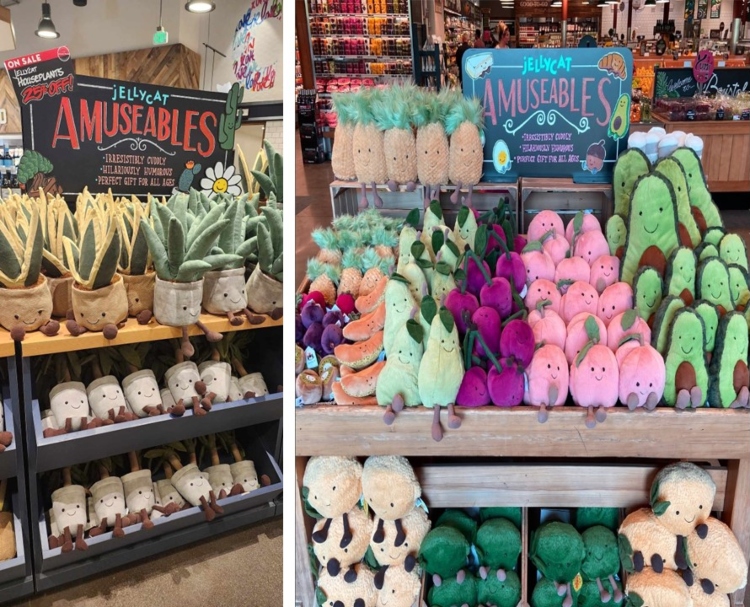
Photo Credit: McMillanDoolittle
- LEGO has an “Adults Welcome” webpage with LEGO sets specifically designed for age 18+ consumers. The sets are more advanced, culturally relevant, and sit at a higher-price point. Recently, NBA player Victor Wembanyama made headlines when he used his first paycheck to purchase the Star Wars Millennium Falcon adult LEGO set, priced at $850 (pictured below).
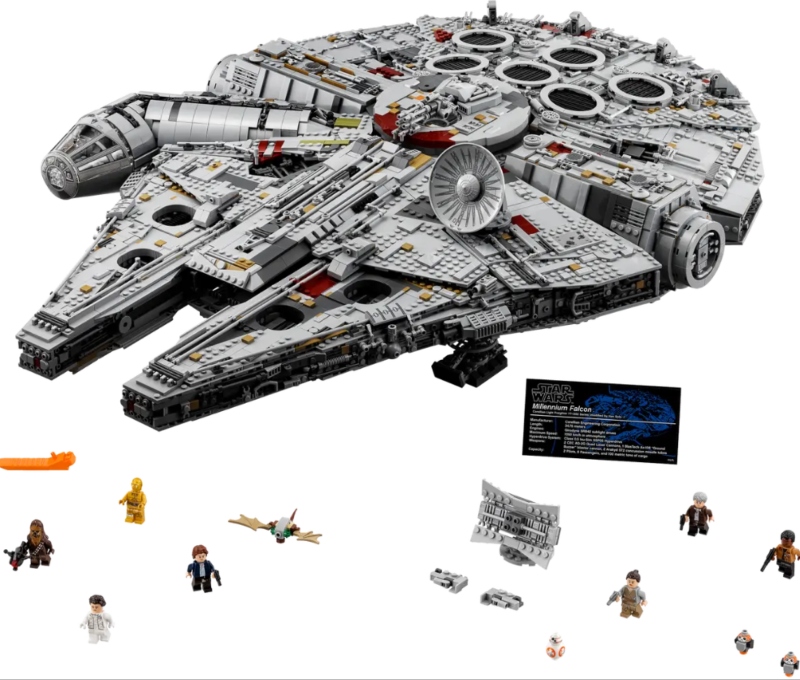
Photo Credit: Lego.com
#2 Design Experiential, Playful Brand Activations
- In the iconic NYC toy store FAO Schwarz, Jellycat unveiled a unique “Jellycat Diner” pop-up experience where no real food is served. Rather, shoppers “order” items such as a slice of pizza, cheeseburger, taco, or hot dog—all from the Amuseables collection, priced at $45 each. The “cook” prepares the order, places it in a to-go box, and rings an order-up bell. Check out our Instagram post here.
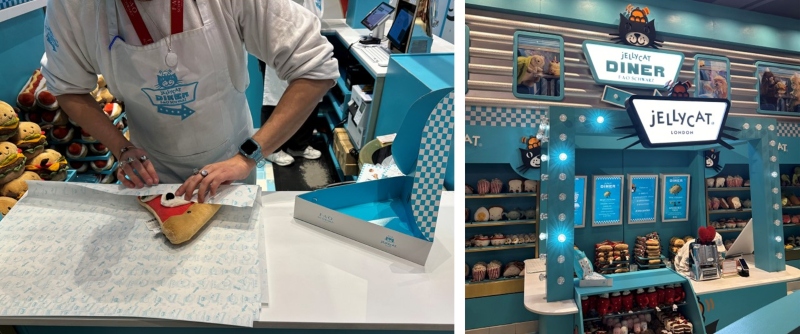
Photo Credit: McMillanDoolittle
- In 2021, LEGO launched its Botanical sets, specifically designed for adults and couples. This February, the company debuted a pop-up “LEGO Florist” at Battersea Power Station in London. The store offered pre-assembled LEGO flowers just in time for Valentine’s Day. Open for two weeks, the installation aimed to showcase the variety of LEGO’s Botanical Collection and highlight this distinctive product offering as an alternative to real flowers.
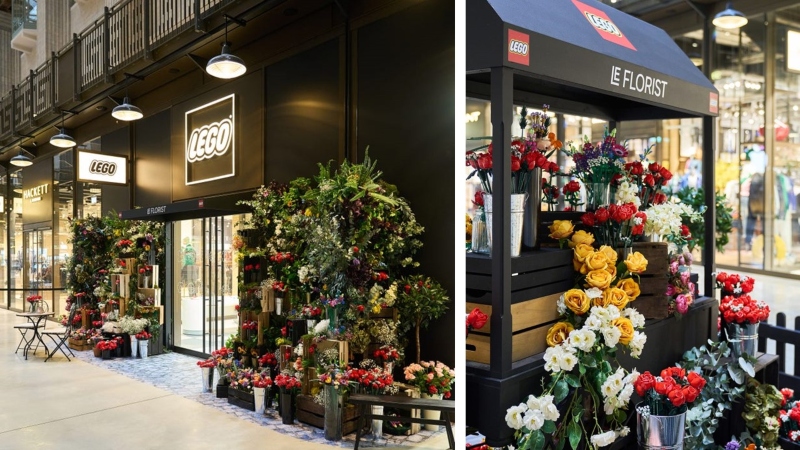
Photo Credit: Lego.com
#3 Position Toys as Collector’s Items
- Could Jellycats be the next Beanie Babies? Jellycat is regarded for its continuous innovation in product design, blurring the lines between toys for play and collectibles for display. The company launches two new collections annually—in January and June/July—along with smaller seasonal releases throughout the year. Jellycat also periodically “retires” designs, contributing to a robust resale market on platforms like eBay and Facebook Marketplace.
- Limited edition LEGO releases, tied to popular franchises, add exclusivity and value, making certain sets highly sought after by collectors. Nostalgia also plays a role, as many adults collect LEGO sets to reconnect with fond childhood memories.
These strategies illustrate how winning toy brands are evolving to capture the growing adult consumer segment and diversifying their portfolios beyond traditional toy offerings. As always, contact us to discuss innovative ways to connect with new customer segments.
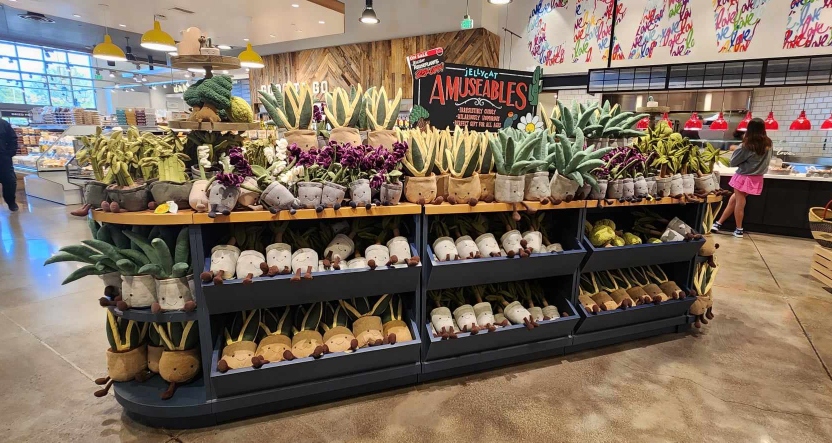
No Comments